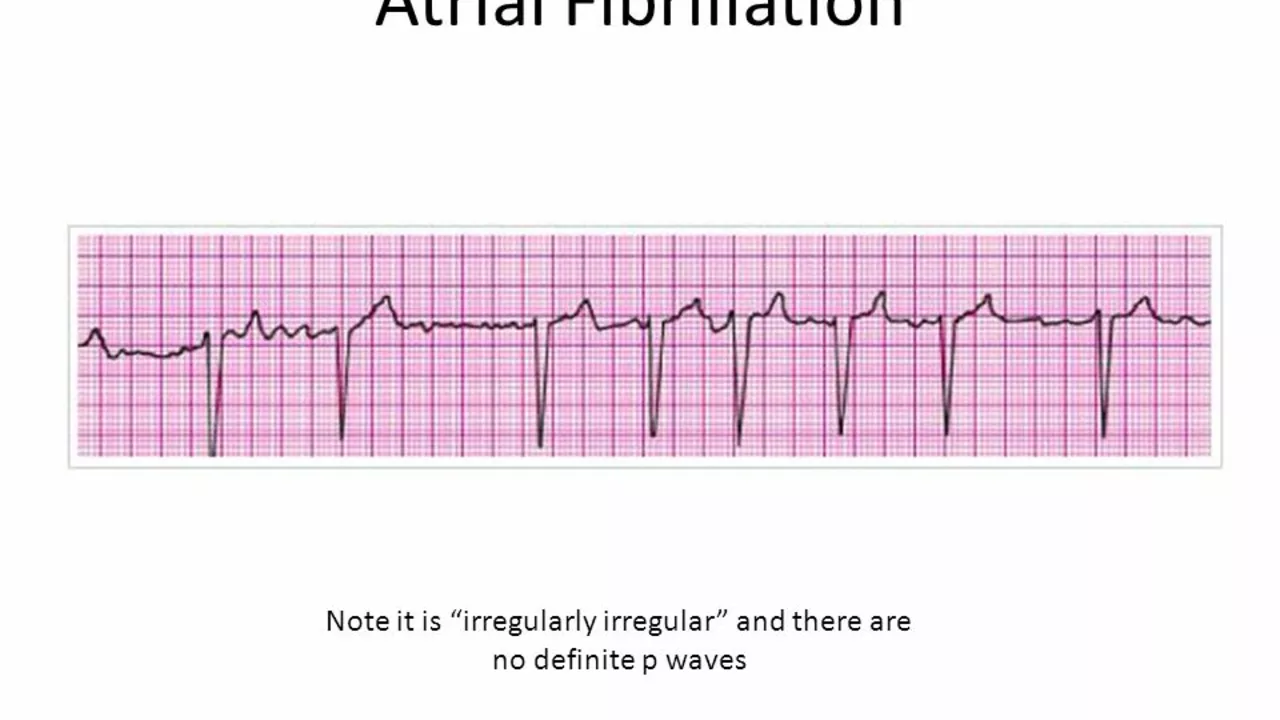Atrial fibrillation (AFib): What it feels like and what to do
Ever felt your heart skip, flutter, or pound for no reason? That could be atrial fibrillation, often called AFib. It’s the most common serious heart rhythm problem. AFib can feel scary, but knowing the signs and the practical steps you can take helps you act fast and get the right care.
Symptoms and risks
AFib can show up differently from person to person. Some people notice: a fast or irregular heartbeat, fluttering in the chest, shortness of breath, lightheadedness, or tiredness. Others don’t feel anything and find out during a routine checkup. The big risk with AFib is stroke. Because the atria don’t contract properly, blood can pool and form clots that travel to the brain.
Age, high blood pressure, diabetes, heart disease, sleep apnea, and obesity raise your chance of getting AFib. Even occasional heavy drinking or high caffeine for some people can trigger episodes. If you have any of these risks and notice symptoms, talk to a clinician—earlier checks can prevent big problems.
Treatment basics: meds, procedures, and daily habits
Treatment usually focuses on two goals: control the heart rate/rhythm and lower stroke risk. For rate control, doctors commonly use beta-blockers like metoprolol (Toprol XL), or calcium channel blockers. If rhythm control is needed, antiarrhythmic drugs or procedures such as electrical cardioversion or catheter ablation are options. Catheter ablation is a procedure that can stop the faulty electrical signals causing AFib.
To lower stroke risk, anticoagulant medicines are often prescribed. That includes older drugs like warfarin and newer direct oral anticoagulants (DOACs) such as apixaban or rivaroxaban. Which one is right depends on your medical history, kidney function, and bleeding risk—so this choice is a shared decision with your doctor.
There are simple lifestyle moves that help too: keep a healthy weight, treat sleep apnea, limit alcohol, manage blood pressure and diabetes, and stay active. Quitting smoking and reducing stress improve how your heart feels and how treatments work.
If you’re researching meds or side effects, we have practical guides on related drugs like Toprol XL (metoprolol) and diuretics such as torsemide. Those articles explain what the drugs do, common side effects, and patient tips that make daily life easier while on heart medicines.
AFib isn’t the same for everyone. Some people can manage it with medicine and lifestyle changes. Others need procedures. The right plan depends on your symptoms, risks, and goals. If you suspect AFib or have been diagnosed, book an appointment, ask about stroke prevention, and get clear next steps from your clinician.
Want more practical reads? Check our guides on heart meds, stroke prevention, and how lifestyle tweaks can reduce AFib episodes. You don’t have to figure this out alone—use trusted info to ask better questions at your next visit.

